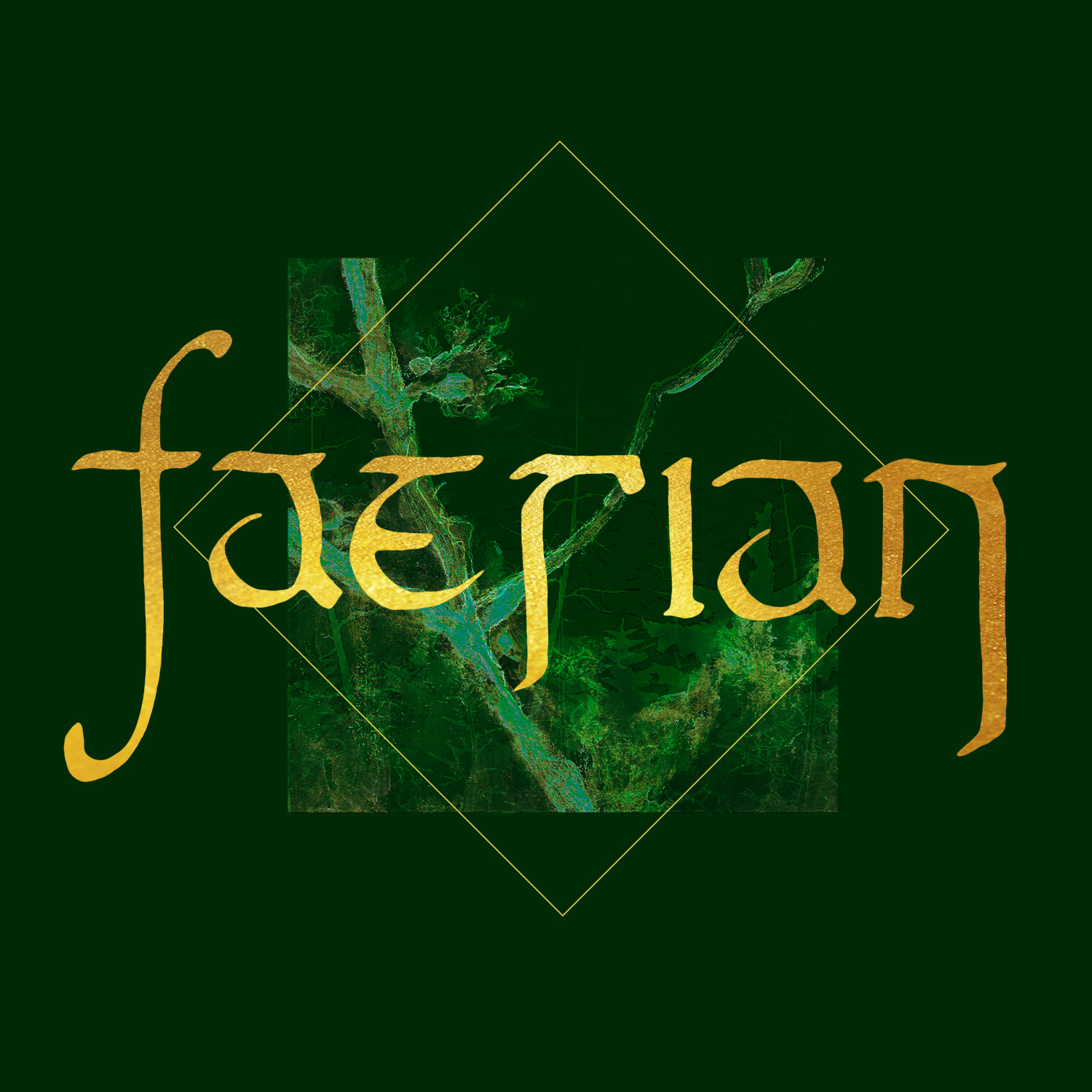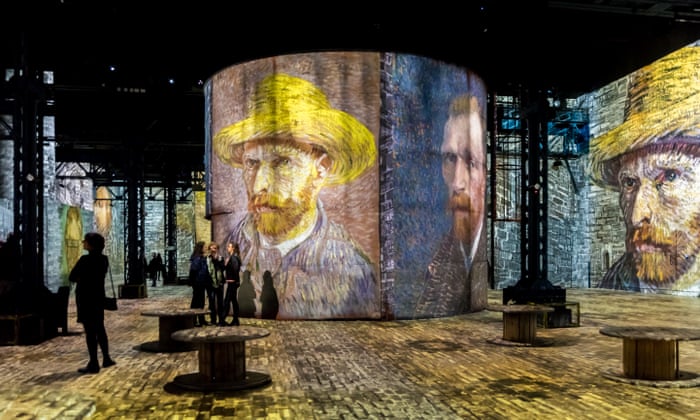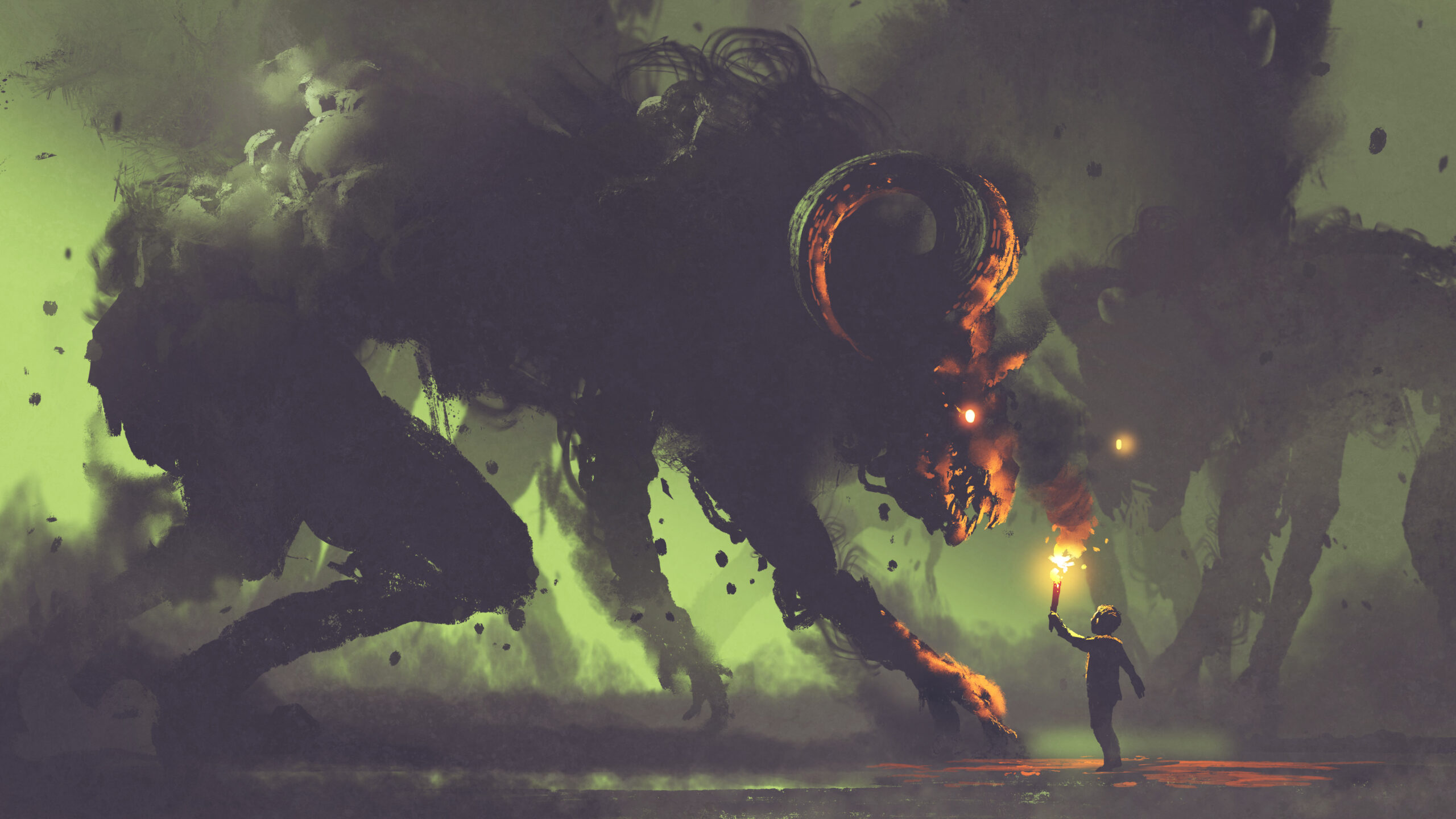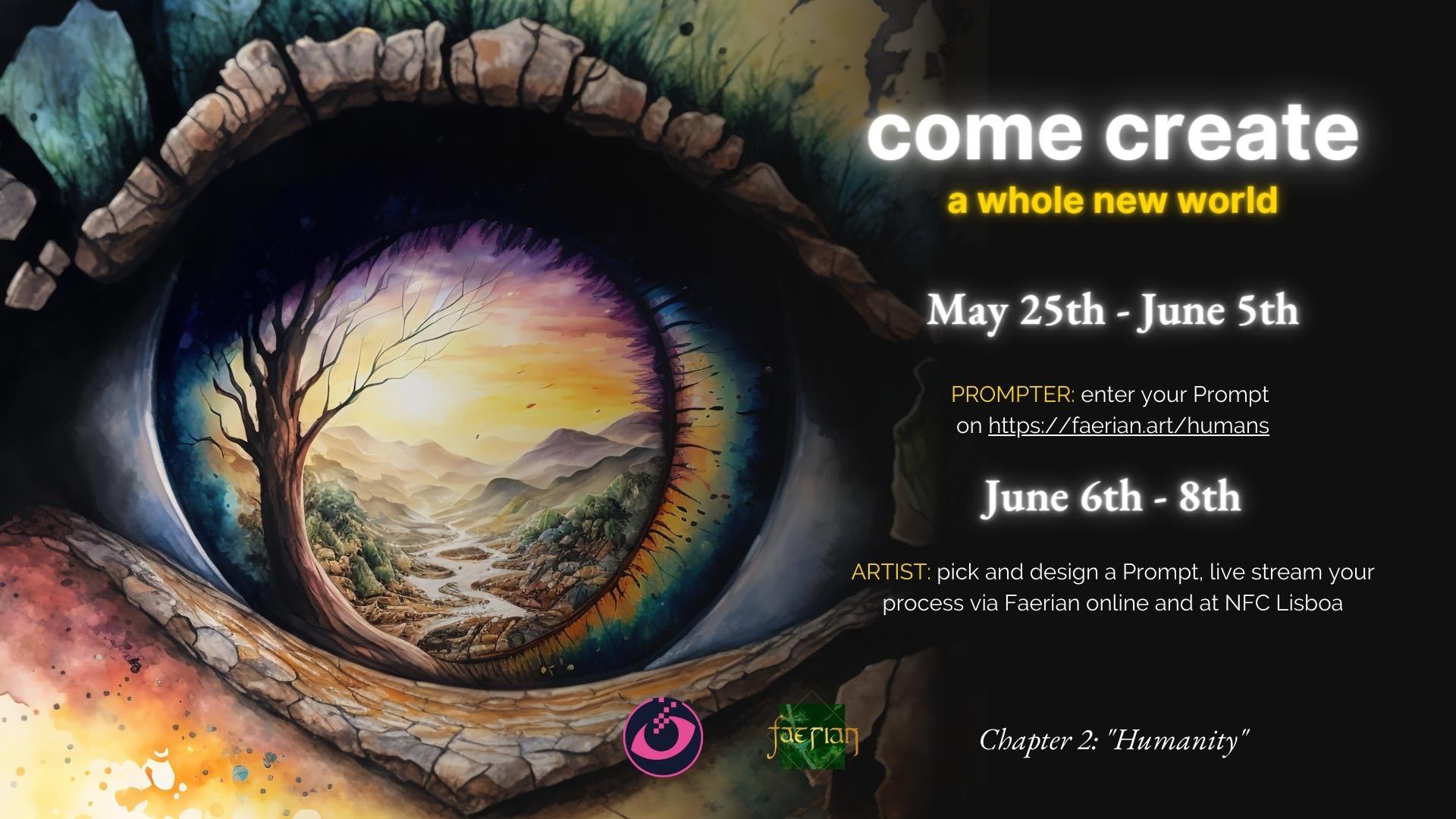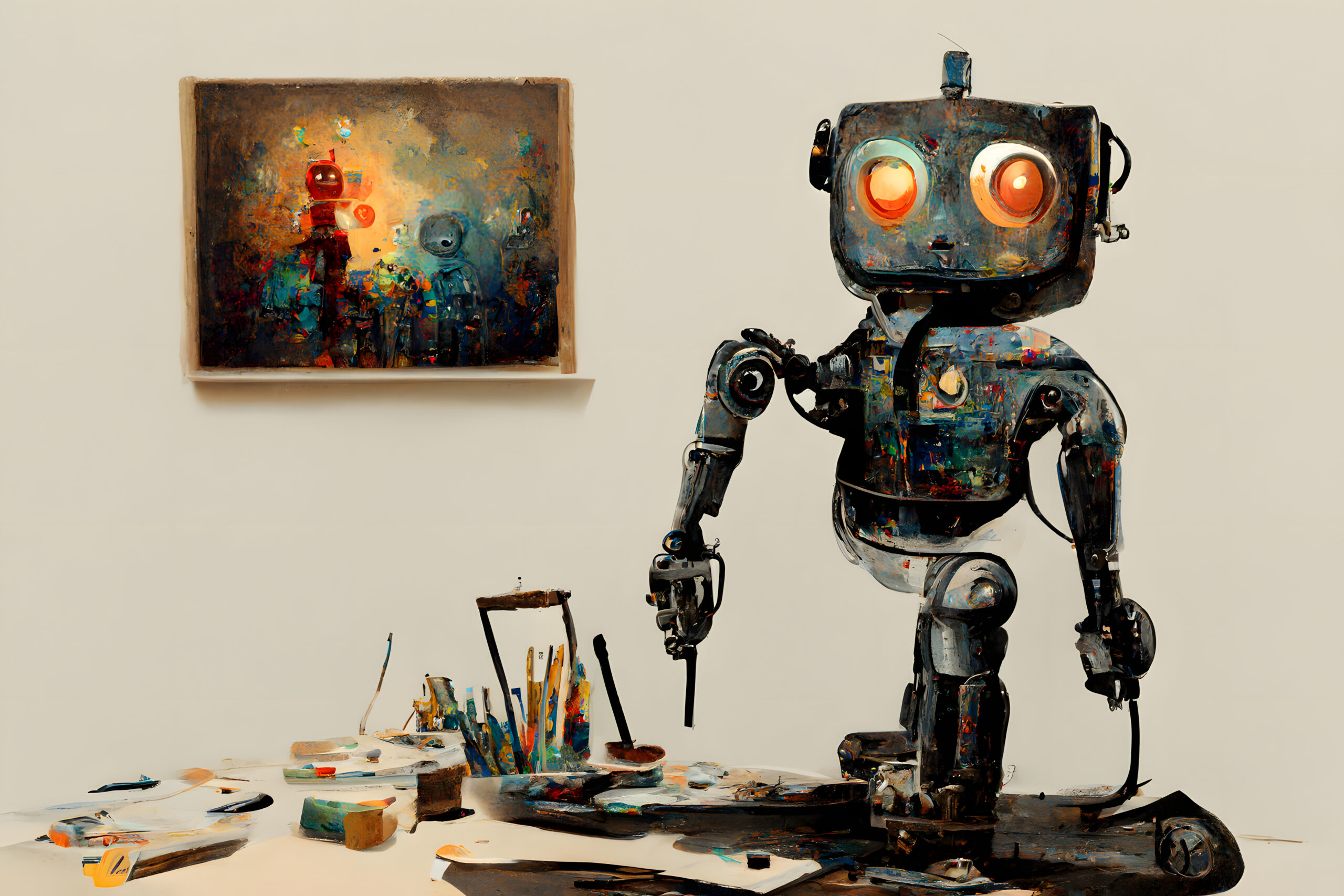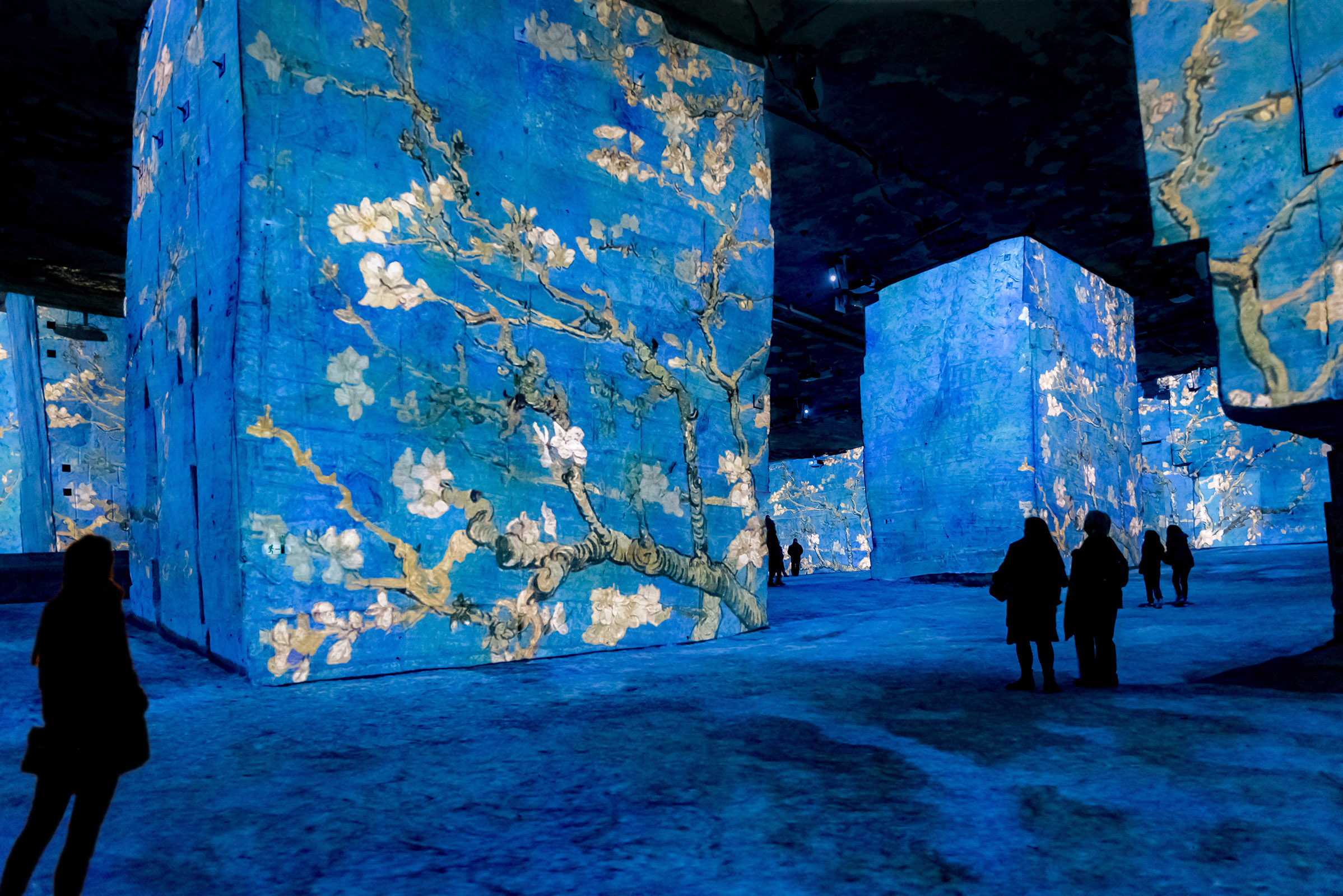
Why Digital Fantasy Artists Need a Gallery
Summary: Digital artists face specific difficulties when it comes to getting their talent recognized. The existing online art galleries do not focus enough on niche & digital art, which is why niche digital artists need a new market to themselves – just like fantasy artists.
Article available on Medium
In the beginning of the year, I conducted a research survey among different fantasy digital artists to understand their current struggles in the art space today.
While gathering the feedback, I couldn’t help but notice some commonalities between their life and the life of the famous artist Vincent Van Gogh.
- Both have incredible talent, a great imagination, and a sharp eye for detail
- None of their artwork was ever displayed in an art gallery during their lifetime (Van Gogh became famous only after he passed away, thanks to his sister-in-law, Johanna)
- A lot of them depend on private commissions to make a living (like making a book cover or illustrations for a tiers)
- Unless they have an employer (gaming company for example), they often need a second job to make ends meet
In the meantime, some modern artists will sell an easily replicable green triangle or a red rectangle for millions. How fair is that?
How come the most beautiful art we often admire in video games or movies is not valued as much on the art market as other, easy, replicable pieces?
 or
or 
Tyrande Whisperwind from Warcraft versus a red rectangle. Only one is worth millions, while the other represents a highly realistic famous night elf.
Here’s the answer I found by reading the story of Van Gogh:
Art gets a monetary value only when a gallery begins to sell it.
Van Gogh never pushed his artwork to a gallery and was quite unfamous during his lifetime, even hated. When he passed away, his sister-in-law inherited from all its artwork; as a widow, she needed money so she began to push his pieces to various art galleries in the Netherlands, insisting for his pieces to be next to famous artists’. Thanks to her great work and the help of galleries, Vincent’s art began to be known in the art world and is still so two centuries later!
A modern gallery dedicated to the world of Van Gogh with an immersive experience
So, what if we could give the same opportunity to digital artists nowadays? Unfortunately, it is not that simple.
What if Van Gogh had been a digital artist?
Now imagine Van Gogh was born in the 21st century and discovers digital art even before oil painting. He lives a similar life and creates the same art, only it is digital.
Today, even if he went to a gallery by himself, nobody would accept him.
Because his art has nothing tangible! He doesn’t have an original piece to sell, like a painting. He only has a file in his computer.
And so, forbidden to publish his work to art investors, his talent would be unknown to all of humanity forever. Maybe just known to a few Patreons supporters and a few commissions here and there – but that’s it.
Don McLean would have never created the beautiful song of “Starry, Starry Night”.
(my favorite cover by Chloe Agnew)
Two centuries from now, no one would have the slightest idea of who Van Gogh was.
Digital artists today face the same issue as a digital version of Van Gogh.
Could we make a digital art gallery then for digital artists?
Yes, totally.
In the past years, a few galleries have begun to understand the opportunity in this market and created a section for digital art linked to NFTs (Non Fungible Tokens). You can go in-person to a physical room and see art being displayed on TV screens. Just to name a few:
- in the Hobart Museum of Art and Philosophy in Australia
- the St Petersburg Hermitage Museum in Russia
- the Amsterdam Museum of Modern African Art in the Netherlands
- the female-only Mayfair’s NFT gallery in the UK
You could also argue that NFTs have pushed to create the first online art galleries for digital art, even before physical galleries did – and I don’t mean the online marketplaces like Solsea or Opensea, where there is way too much competition to sell your art without doing your own marketing yourself. I don’t mean either the online art galleries where they only sell many copies of your work.
I mean real online art galleries that will strive to sell something unique from the artist, to the highest bidder, just like they would for a physical painting.
And ensure the artists gets the recognition they deserve.
Traditional galleries aren’t enough for niche art
Even though you may be happy about the chances a digital version Van Gogh could have today, it might not be the case for niche artists, like fantasy artists.
Most of those digital gallery taglines are “We bring you the best artists”, while never categorizing the art they’re focusing on. Everything is “modern” and “contemporary” art.
Even the new, inspiring, Black-focused digital art galleries I’ve seen like Umba Daimba can’t categorize the art itself – they just categorize the people behind the art.
But how can you present properly a piece of artwork representing an elf being rescued in the water next to a large green triangle?
You just cannot.
That’s probably why fantasy artists today aren’t in touch with any gallery, and are condemned for the moment to be displayed on shelfs of fantasy postcards in small shops in Brittany.
Fantasy talent need proper galleries.
If you paint the most epic battle scene ever with Photoshop, you shouldn’t have to sell it to a videogame company so that players can see it for only a few seconds as part of their gameplay. Instead, you should have the right to display and sell it just as it is, for itself, just like any other art out there.
And I am proud to offer the first gallery to do so, Faerian. Invite today your favorite fantasy artists to join us and be recognized for their talent to a wider audience than ever before!
- Schedule & Moderators of “Chapter 2: Humanity” - June 5, 2023
- World Tour (1/3) – Mecenate Fine Art Gallery, Rome, Italy - April 27, 2023
- Our Progress in 2022 & What’s Ahead - January 9, 2023
